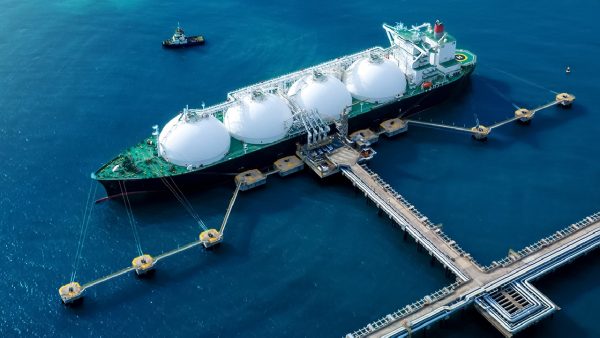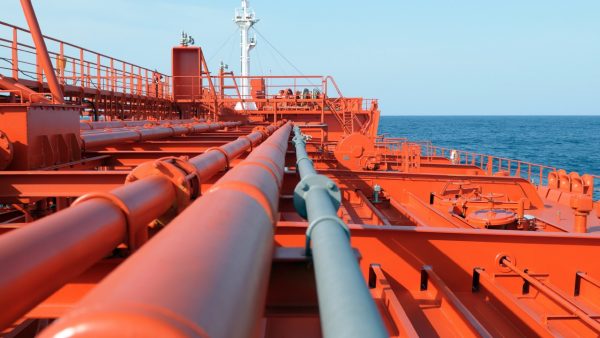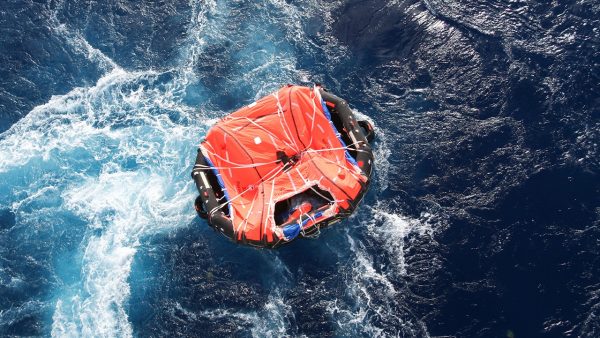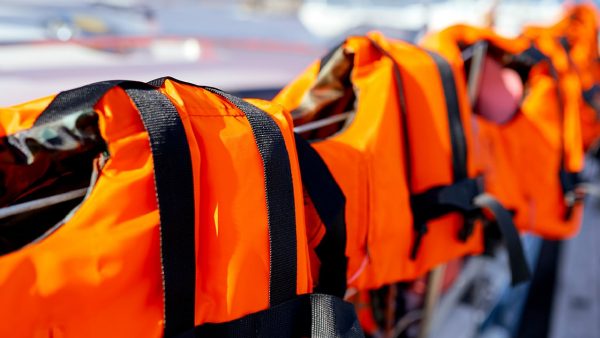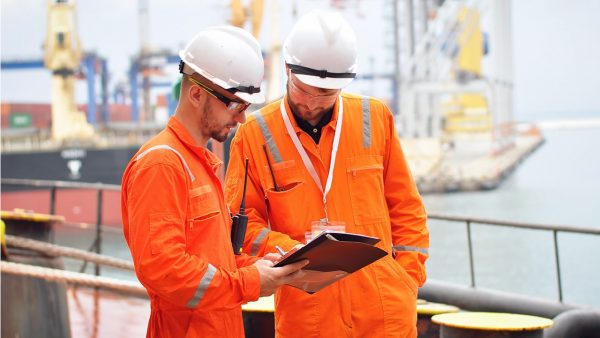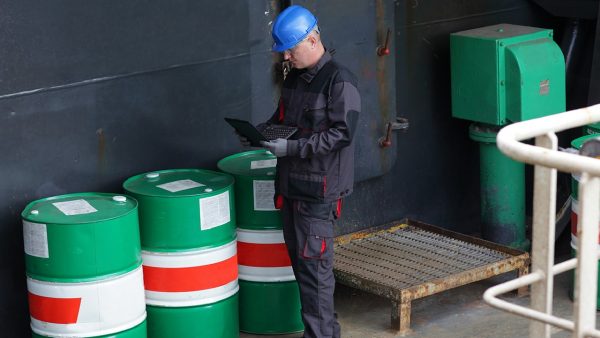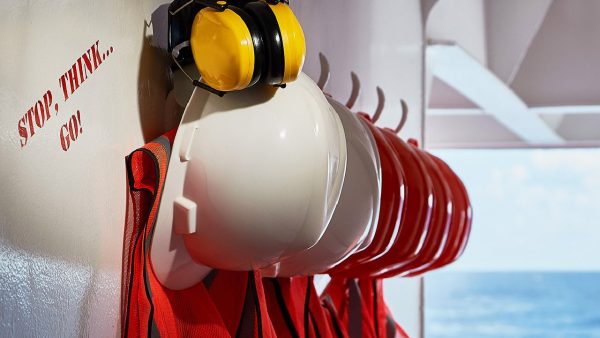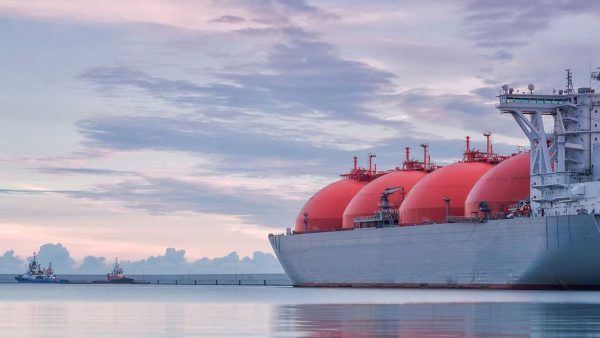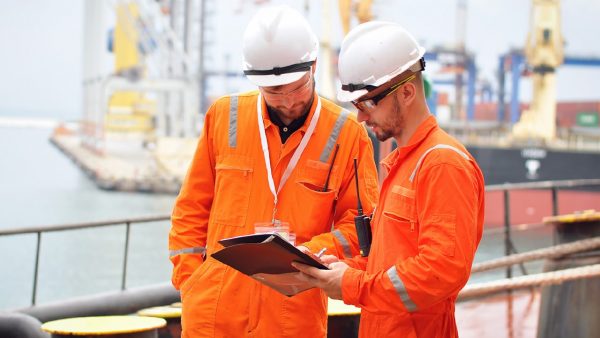LNG Cargo pumps
A typical LNG carrier features four to six tanks aligned along the vessel’s center-line. These tanks are surrounded by a combination of ballast tanks, cofferdams, and voids, creating a double-hull type design for added safety. For transferring LNG from the cargo tanks, each tank is equipped with two main cargo discharge pumps. Pumps that handle…

